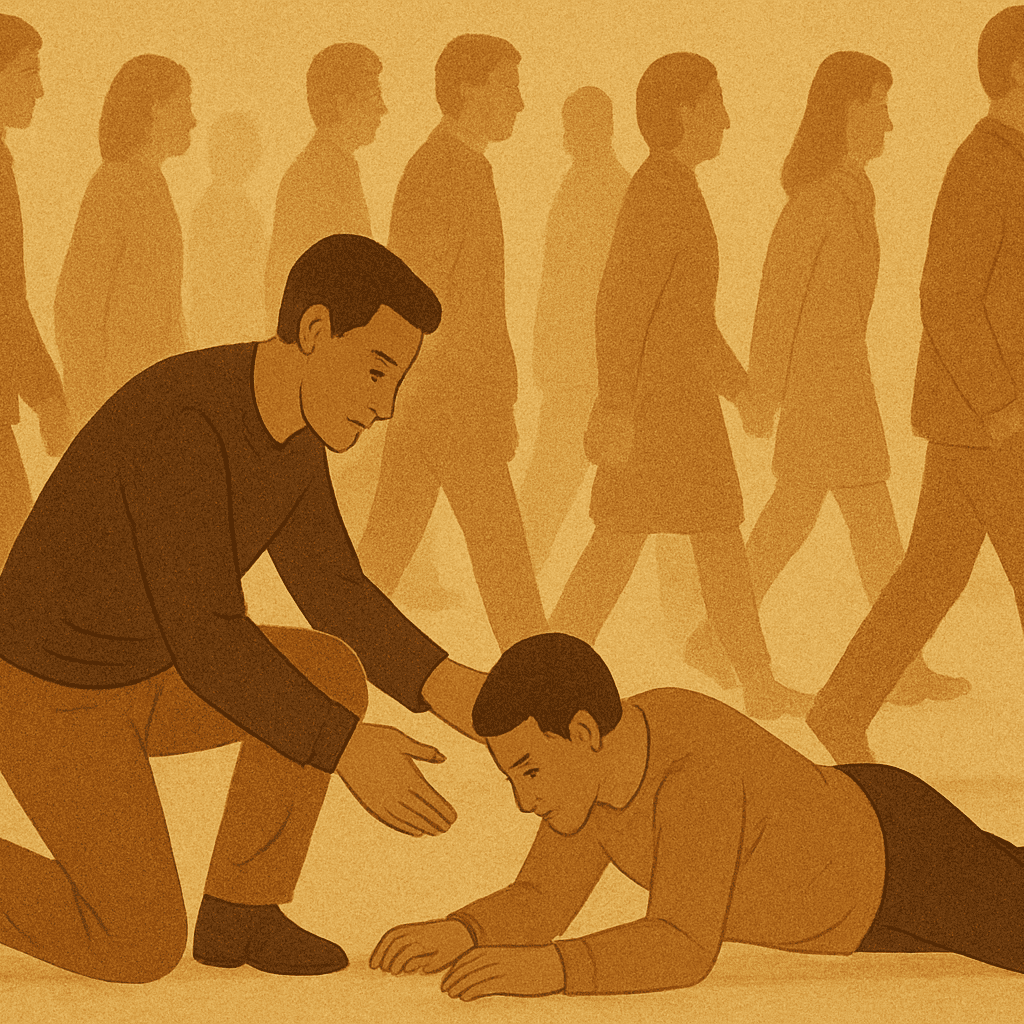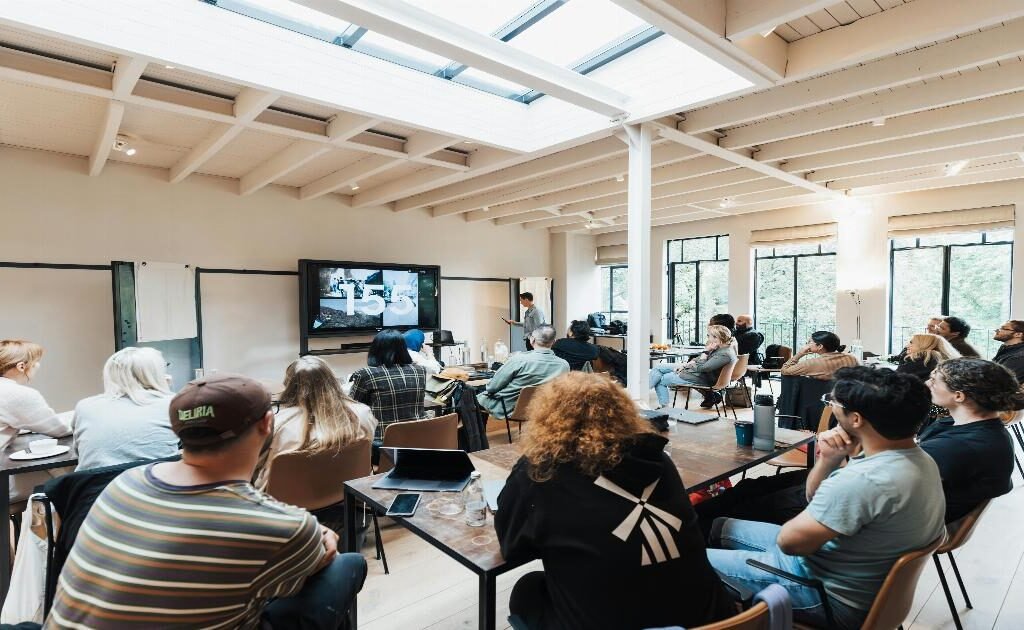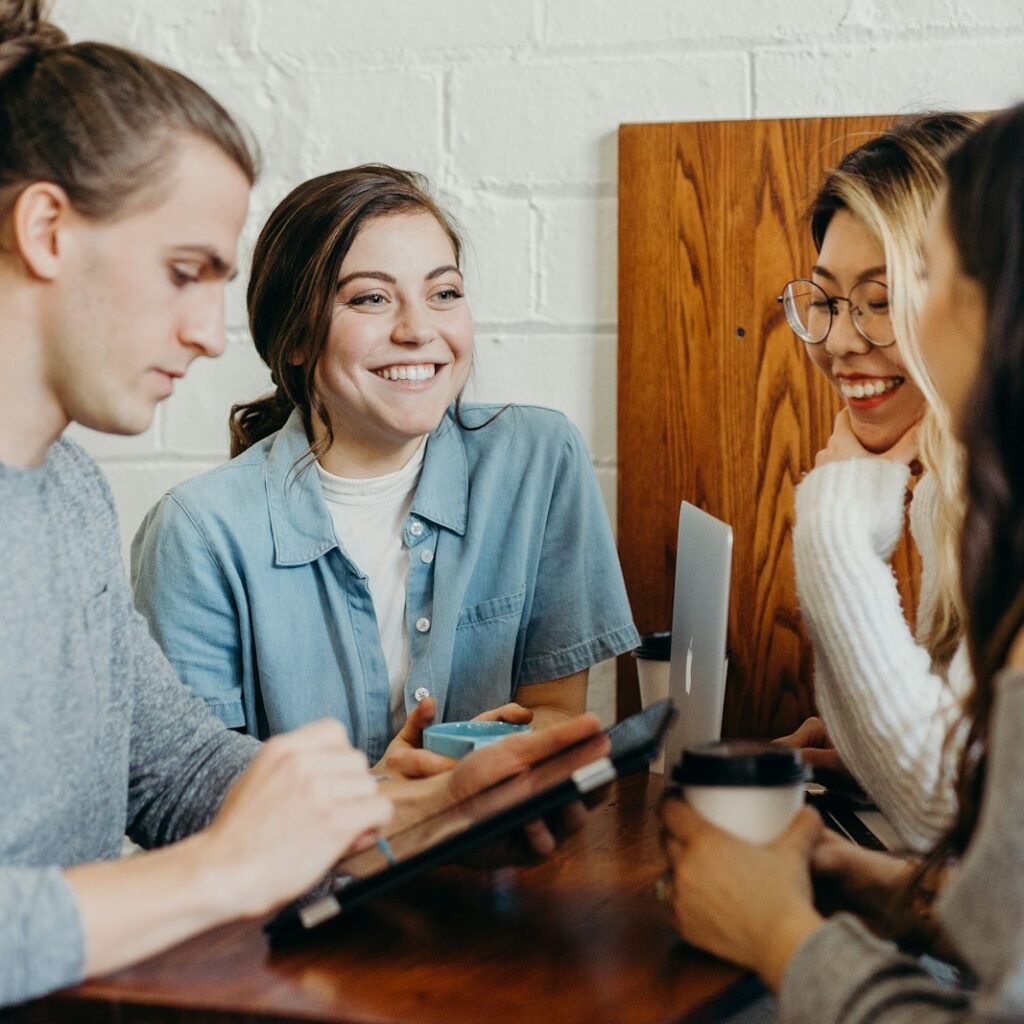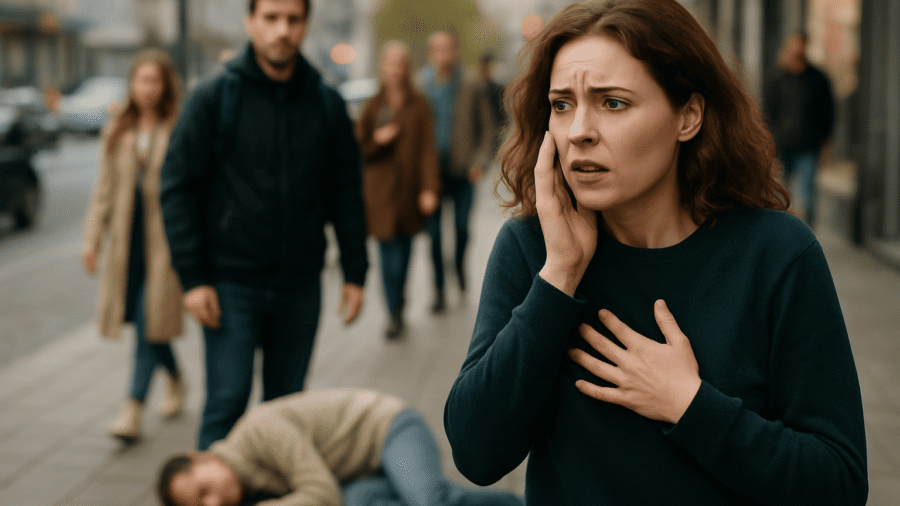If you are ever unfortunate to become a victim of any situation (an accident or public ridicule) in the middle of a crowd, your first thought may be, “I am safe. Someone here will help me.” After all, there is safety in numbers.
Unfortunately, psychology says otherwise. Research shows that the more people are present, the less likely it is that anyone will step forward and help. Most people hesitate, thinking someone else will take action. They unconsciously assume, “Oh, someone else will help.”
On the other side, you may have experienced it yourself. You may be walking down a busy street and suddenly a stranger stumble and falls. Many people notice, but no one moves. You find yourself asking, “Should I help?” and “Why isn’t anyone helping?”
These quiet but powerful moments are where the bystander effect lives. Woven from hesitation, uncertainty, fear of judgment, and the quiet belief that someone else will take the first step.
What Is the Bystander Effect?
The bystander effect, according to the American Psychological Association (2018), refers to the psychological phenomenon where individuals are less likely to help someone in distress when other people are present. The more people watching, the less each one feels responsible. It is as if responsibility seeps away in the crowd. This occurs because people tend to assume someone else will take action, especially in ambiguous or overwhelming situations.
The result is Inaction. Silence. And sometimes, Tragedy.
Hortensius and De Gelder (2018) explains that the bystander effect occurs when people are less likely to help during a crisis if others are present. The phenomenon was first observed after the 1964 New York murder of Kitty Genovese, when witnesses were reported to have stood by doing nothing. This tragic event led psychologists John Darley and Bibb Latané to study the phenomenon in 1968. The experiments suggested that the more people are around during a crisis, the less likely it is that any one person will help. With time, research has revealed that this effect is influenced by factors like group identity, fear of judgment, and social cues, showing that people often stay silent not because they do not care, but because they assume someone else will act first.
The Psychology Behind Why We Freeze
1. Diffusion of Responsibility
When many people witness the same event, individuals feel less personal obligation to act. This dilution of responsibility makes action feel optional even when urgency is clear.
2. Fear of Judgement
In many situations, people hesitate because they worry about overreacting, doing the wrong thing, or embarrassing themselves. This fear of social scrutiny often outweighs empathy.
3. Uncertainty and Social Cues
We look to others to decide what to do. If no one reacts, it gives us an incorrect signal that maybe help is not needed. This silent social influence can overpower even strong inner instincts to act.

It Is Not Always a Lack of Empathy
Recent research shows that people are more likely to help when they feel a connection with the person in need, such as seeing them as part of their own group. This means the bystander effect does not always happen because people do not care. At times it’s because they don’t know how to help or when.
Modern Day Bystanding: Not Just on the Streets
The bystander effect is no longer limited to sidewalks and subway stations. It plays out in schools, workplaces, online forums, and even during virtual meetings.
When someone is bullied and no one speaks up.
When a colleague is mistreated and everyone goes silent.
When hateful content spreads online and no one reports it.
Someone is in need, and no one does anything to help
The effect manifests in different ways. But its shadow is familiar:

How You Can Break the Silence
You do not need to be a hero to be helpful. You only need to be human and prepared. Here are small but powerful things you can do to counter the bystander effect:
- Notice it in the moment
Knowing that the bystander effect is occurring might be enough to cause you to become aware when it shows up. - Take the first step
Even asking “Are you okay?” can open a door for help. Others will often follow your lead. - Make it personal
If you need help, point to someone directly: “You in the red shirt, can you help me?” This cancels diffusion of responsibility. Instead of asking “Can anyone help me” - Build emotional courage
Silence is easy. Being brave enough to be heard requires inner strength. This post: Daily Habits that Build Mental Resilience offer tools to strengthen your instincts in tense moments. - Practice empathy daily
Expand your in-group mentally. The more you view strangers through empathetic eyes, the more you care about their pain as if it were your own. - Understand your social power
In community settings, your voice can shift the entire group dynamic.

Our Disconnection Is Not Permanent
Reports show that many people feel less sensitive to the struggles of others and are unsure how to respond when someone needs help. This sense of emotional distance is growing, but it does not mean we have lost our compassion.
Kindness is still there; it is just silence and needs to be awakened.
When we choose to do something instead of keeping quiet, we begin to break the bystander effect. It does not take something big. Even a small word, a gentle gesture, or a simple offer of help can make a difference.
Every time we step forward, we remind both ourselves and those around us that caring can spread from one person to another

Be the One Who Moves
The bystander effect thrives in silence. Silence is however a choice. In real-life situations, your smallest action can break the spell for everyone else watching.
You do not need to save the world. You only need to respond to the part of it right in front of you.
REFERENCES
American Psychological Association. (2018, April 19). Bystander effect. In APA dictionary of psychology. Retrieved August 25, 2025, from https://dictionary.apa.org/bystander-effect
Hortensius, R., & De Gelder, B. (2018). From empathy to apathy: The bystander effect revisited. Current directions in psychological science, 27(4), 249-256.
PsycheShare. (2025, June 13). Daily habits that improve mental resilience. PsycheShare. Retrieved Auguat 27, 2025, from https://psycheshare.com/daily-habits-that-improve-mental-resilience/



Add a Comment